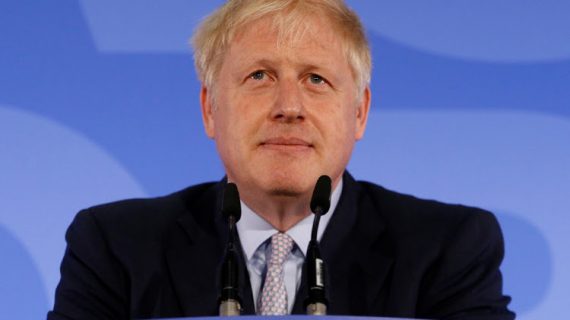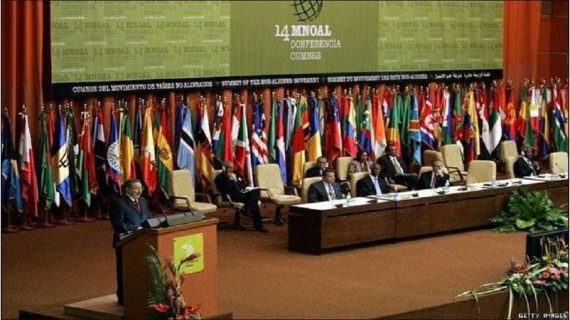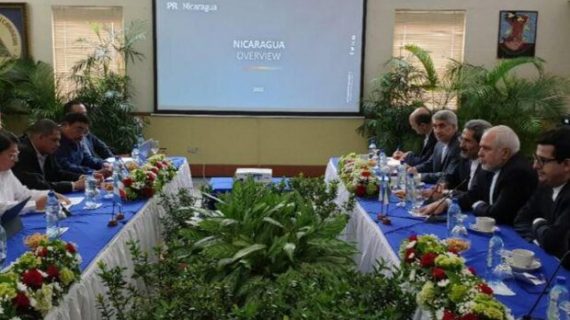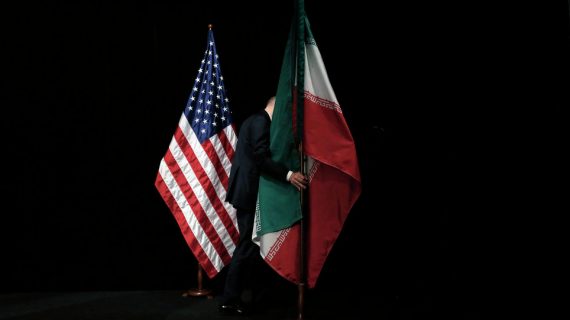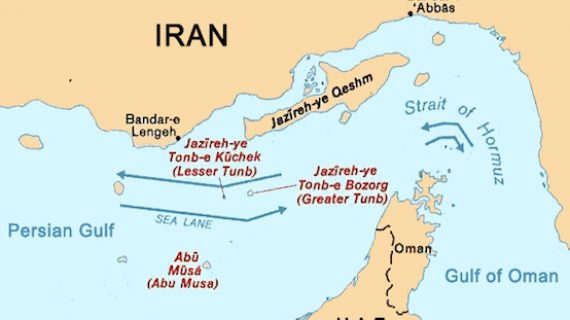Share of Production in Subsidy Reform Plan Below 1 Percent
About 30% of revenues earned from the increase in energy prices were to go to production and optimization of consumption, 20% to government for the extra expenditures that would come up in carrying out the plan and 50% to the social welfare system, includ
The government is unwilling to cut cash subsidies of people, but as mandated by the budget law, it has to narrow the list of monthly payments by 24 million this year
Reported by HPMM Group according to FINANCIAL TRIBUNE ; Less than 1% of the revenues earned from the Subsidy Reform Plan were allocated to the production sector between 2010-11 and 2016-17, according to a report by Majlis Planning and Budget Commission.
In 2010, the government of former president, Mahmoud Ahmadinejad, cut food and energy subsidies and instead paid 455,000 rials ($10.8) to each and every Iranian on a monthly basis.
It was then announced that 30% of revenues earned from the rise in energy prices would go to production and optimization of consumption, 20% to the government for any extra expenditure that would come up in carrying out the plan and 50% to the social welfare system, including monthly cash subsidies, the Persian economic daily Donya-e-Eqtesad reported.
This is while the parliamentary report suggests nearly 93.4% of the revenues were spent on cash and non-cash subsidies, the production sector received as little as 0.7%, the health sector secured 2.4% of revenues, 2.4% went to “bonus payments” and 0.8% was spent on paying back the Central Bank of Iran’s petty cash.
The report also shows energy companies, and on top of them the National Iranian Oil Refining and Distribution Company, paid more to the Subsidy Reform Organization than what was envisioned. The figure energy companies were to pay the Subsidy Reform Organization on the back of the increase in energy prices, including petroleum products and aviation fuel, electricity and water, was 1.54 quadrillion rials ($36.66 billion) but the sum paid to the Subsidy Reform Organization amounted to 1.95 quadrillion rials ($46.42 billion), suggesting that the subsidy organization owes these companies around 410 trillion rials ($9.76 billion).
The total resources of the Subsidy Reform Plan stood at 2.78 quadrillion rials ($66.19 billion) over the period under review.
The report shows no one was removed from the list of cash subsidies recipients from 2010-11 to 2013-14. The government discontinued monthly payments to 51,000 Iranians in 2014-15, about 3,850,000 in 2015-16 and around 839,000 in 2016-17. A total of 4,739,000 Iranians were removed from the list over these three years.
Around 64 million Iranians received cash payment in 2010-11 because the registration process was still ongoing at the time. In 2011-12, a total of 75 million people received cash payments. The population of cash subsidy receivers reached its highest peak of 77 million in 2013-14, which fell to 75 million in 2016-17.
Statistics show that the number of cash recipients has remained mostly unchanged over these years.
This week, Mohammad Baqer Nobakht, the head of Management and Planning Organization, said the government is unwilling to cut cash subsidies of people, but as mandated by the budget law, it has to narrow the list of monthly payments by 24 million this year.
“Since the Ministry of Cooperatives, Labor and Social welfare does not have detailed information about the economic status of Iranian people, provincial governors are expected to help identify people who don’t need the monthly subsidy,” he was quoted as saying by ILNA.


